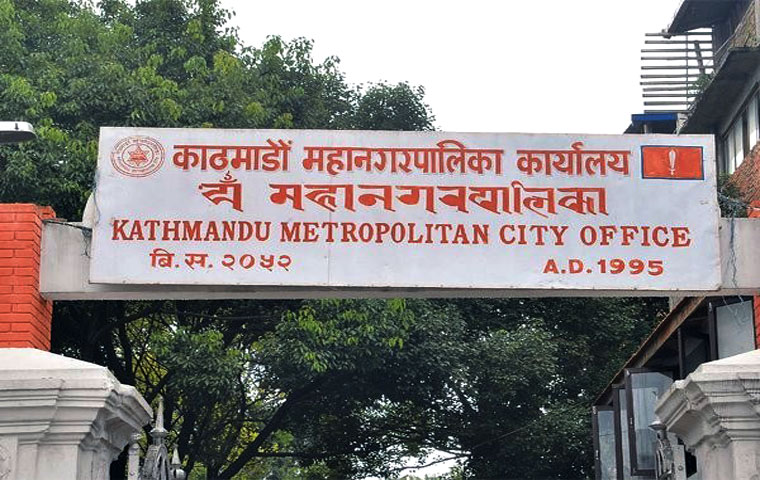
Kathmandu Metropolitan City Expands Composting to Manage Rotting Waste
Kathmandu Metropolitan City (KMC) has announced the expansion of its compost fertilizer production to better manage the increasing amount of rotting waste in the city. The city's composting initiative began at a transfer station in Teku, and KMC has now started the process of making compost from rotting waste at another location in Teku.
Expansion of Composting to Other Locations
KMC is preparing to expand its manure production process to other areas of the valley, including the final waste disposal site at Bancharedanda, within the next month. The composting process takes between one to three months to complete, and KMC plans to expand its initiative to other locations in the valley if it proves successful at the two Teku sites.
Managing Waste in a Sustainable Manner
The expansion of composting will help KMC manage rotting waste more efficiently, as it currently faces challenges in managing waste due to space constraints. While KMC operates a fertilizer industry using the waste produced in the valley, it can only manage a small amount at the long-term waste management site.
Waste Management at the Source
KMC plans to make all of its ward offices responsible for waste management, emphasizing that waste should be managed at the place where it is produced. This will ensure that only a limited amount of waste reaches the final disposal site, prolonging its lifespan.
Legal Provisions for Urban Sanitation and Hygiene
The Garbage Management Act issued by the government in 2068 and the Environment and Natural Resources Protection Act issued by KMC in 2077 provide legal provisions to fine those who do not fulfill their obligations for urban sanitation and hygiene. It is the responsibility of the waste producer to separate the waste at the source. Currently, the garbage produced by 17 local levels of the valley, including KMC, is being dumped without classification, and KMC has yet to implement its new classification system. Every day, 1,200 metric tons of waste from the valley is being managed in Axaredanda, and if all waste is managed in the landfill, it will quickly fill up, causing more problems.
Published on 13th March 2023
Kathmandu




